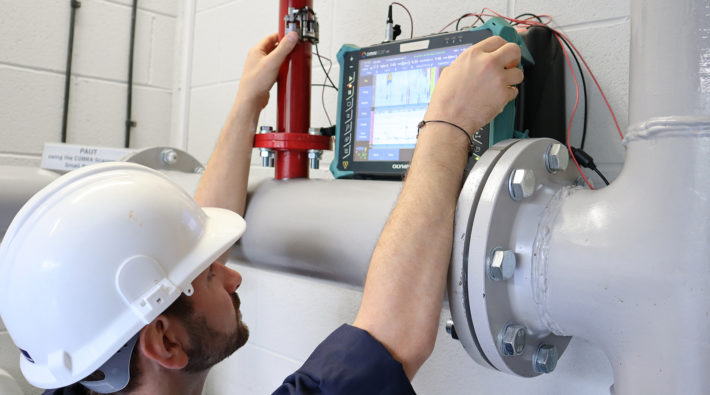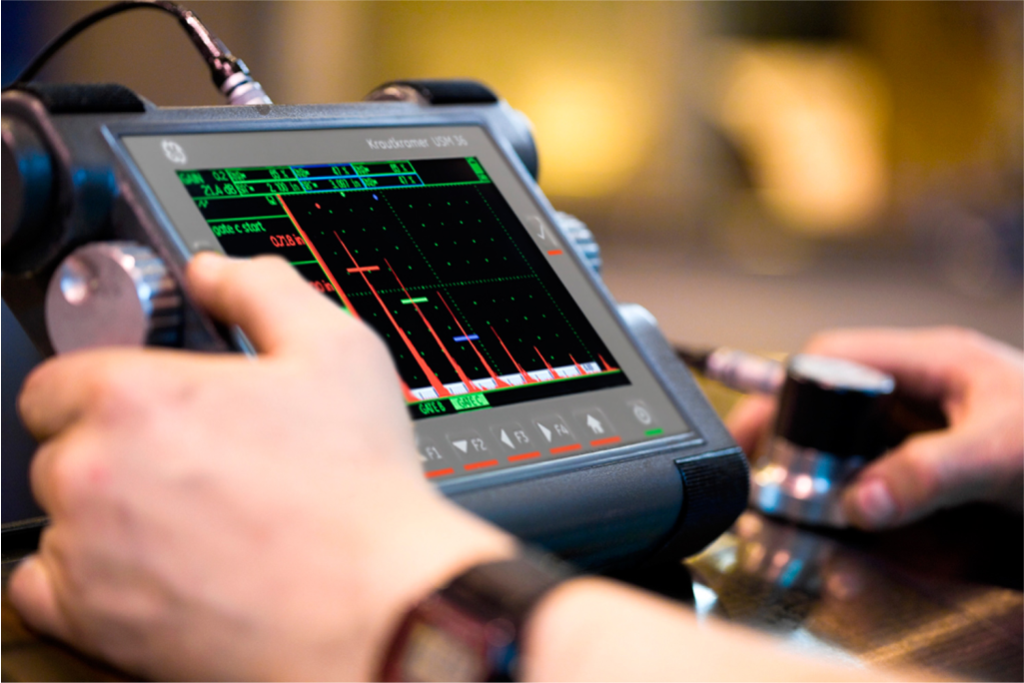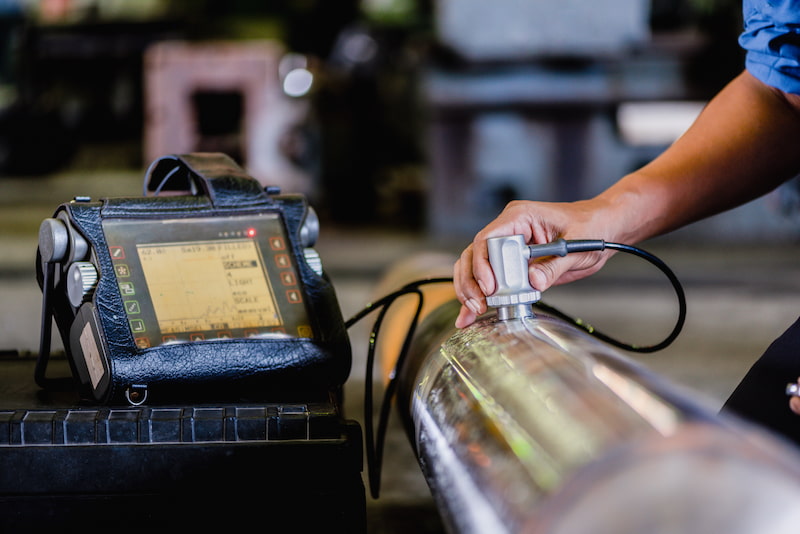In the world of Quality Assurance (QA), knowing how to set inspection tool frequency is crucial for ensuring the highest standards of product quality and safety. By strategically establishing inspection tool frequency, businesses can minimize risks, improve efficiency, and maintain compliance with industry standards. Whether you are new to the field or a seasoned professional, understanding the nuances of this process can make a significant difference in your operations.

The Importance of Inspection Tool Frequency
Setting the right frequency for inspection tools is not just a routine task; its a critical component in safeguarding the integrity of your manufacturing processes. Regular inspections help in identifying potential issues before they escalate into costly problems. By determining the optimal frequency, you ensure that tools are always in their best working condition, thereby reducing downtime and increasing productivity.
Factors Influencing Inspection Frequency
1. Nature of the Equipment
The type of equipment being used often dictates the frequency of inspections. High-precision tools may require more frequent inspections compared to standard equipment due to their critical role in production.
2. Operational Environment
The environment in which tools operate can significantly affect their wear and tear. Harsh environments might necessitate more frequent inspections to prevent unexpected failures.
3. Usage Intensity
The more a tool is used, the more frequently it should be inspected. High usage can lead to quicker wear, thus requiring more regular checks.
Steps to Determine the Right Frequency
1. Assess Equipment Sensitivity
Begin by evaluating how sensitive your equipment is to wear and tear. Critical tools may require daily inspections, while less sensitive ones might only need weekly checks.
2. Analyze Historical Data
Look at past inspection reports and maintenance logs. This historical data can provide insights into how often tools have needed repairs or adjustments, guiding you to set a suitable frequency.
3. Consult Industry Standards
Refer to industry guidelines and standards to ensure compliance. Organizations like ISO provide benchmarks for inspection frequencies across various sectors.
Implementing an Adaptive Inspection Strategy
An adaptive frequency strategy allows you to adjust inspection intervals based on real-time data and changing conditions. This dynamic approach ensures optimal tool performance and longevity.
Utilizing Technology in Frequency Setting
1. Machine Learning Applications
Machine learning can play a pivotal role in optimizing inspection frequencies. By analyzing patterns and predicting future tool behavior, it helps in setting precise intervals for inspections. Learn more about machine learning applications.
2. Synchronization Techniques
Synchronizing inspection schedules with production cycles can enhance efficiency. This ensures inspections are done at the most opportune times, reducing disruption to operations. Explore synchronization techniques.
Challenges in Setting Inspection Frequencies
1. Balancing Cost and Frequency
Frequent inspections can incur higher costs, while infrequent checks might lead to undetected issues. Finding a balance is key to maintaining both quality and budget.
2. Keeping Up with Technological Advancements
As technology evolves, so do the tools and methods for inspections. Keeping up with these changes is crucial for setting accurate frequencies.
Benefits of Optimal Inspection Frequency
Setting the right frequency for inspections leads to numerous benefits, including prolonged tool life, fewer unexpected breakdowns, higher product quality, and enhanced customer satisfaction. Adopting a strategic approach to inspection frequency can significantly elevate your QA processes.

FAQs
1. What factors should I consider when setting inspection tool frequency?
Consider the nature of the equipment, the operational environment, and the intensity of usage.
2. How does technology aid in determining inspection frequencies?
Technology, such as machine learning, helps analyze data and predict optimal inspection intervals.
3. Why is it important to adapt inspection frequencies?
Adapting frequencies ensures that tools are inspected at the right times, improving efficiency and reducing downtime.
For more detailed insights, you can refer to external resources like Maintworld which discusses setting the right inspection frequency for equipment.
This article contains affiliate links. We may earn a commission at no extra cost to you.
